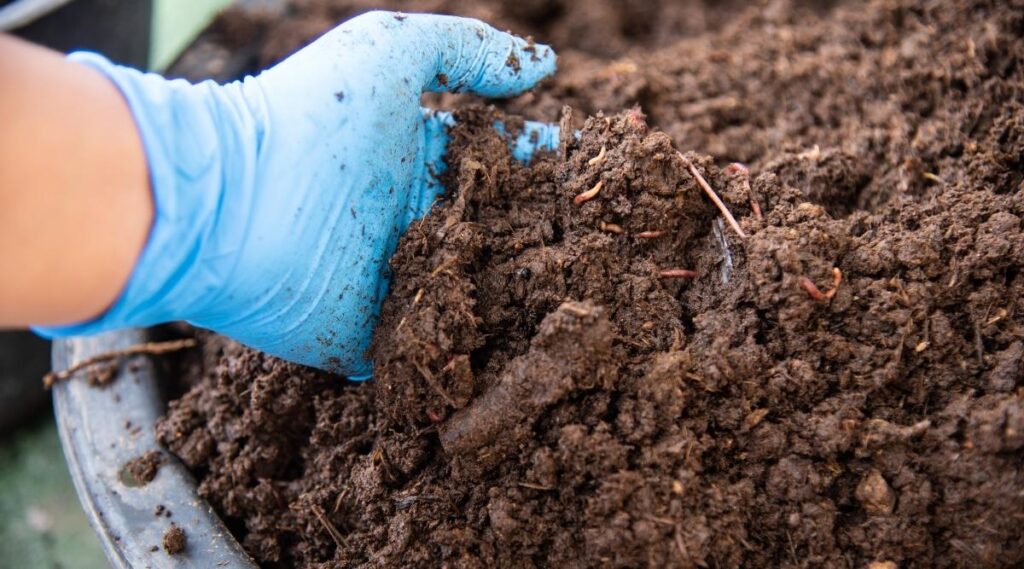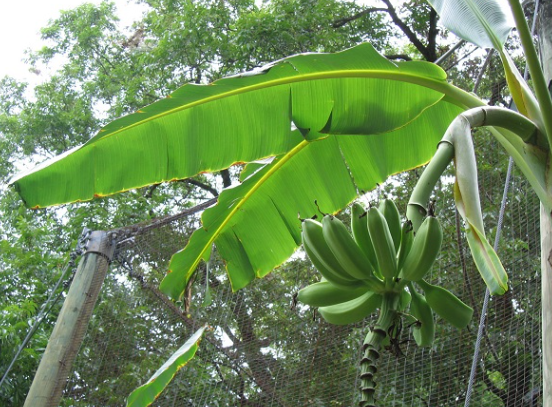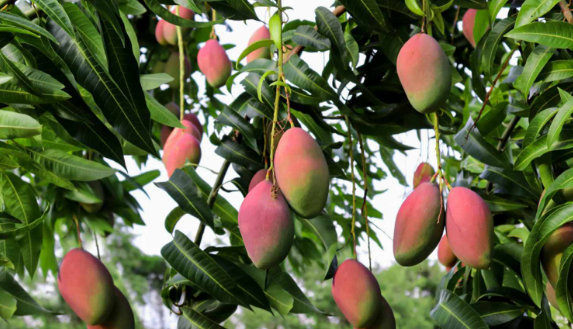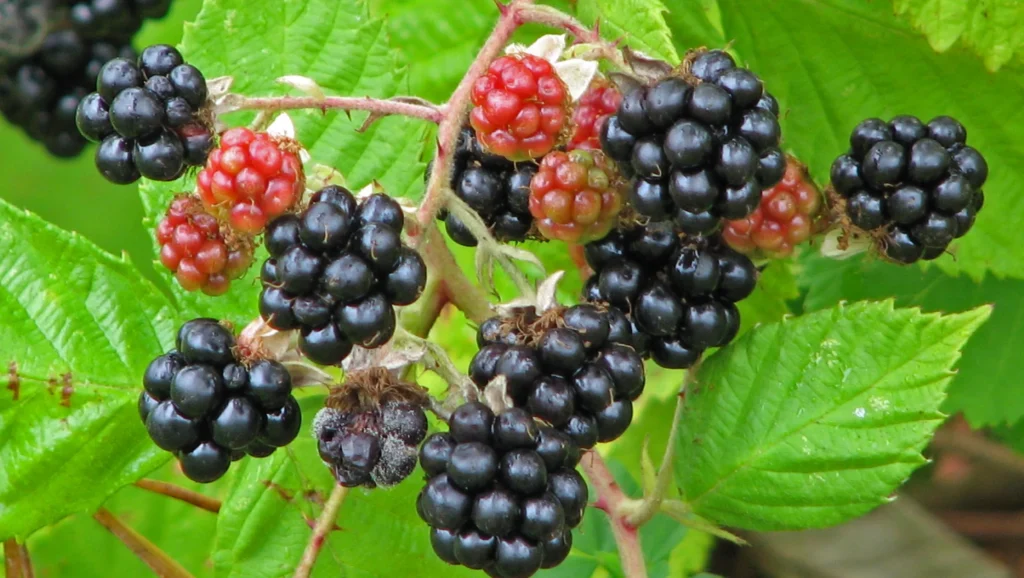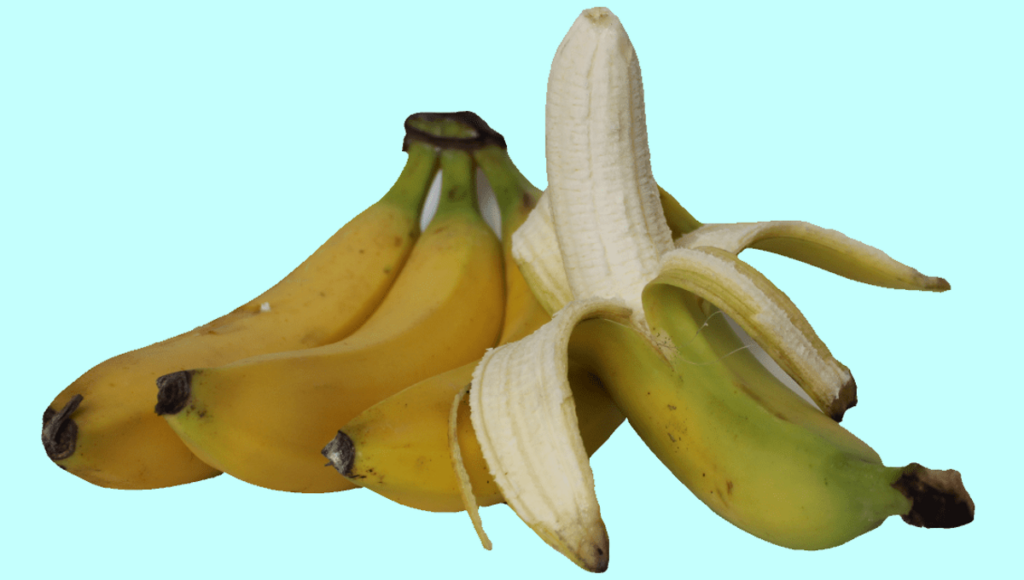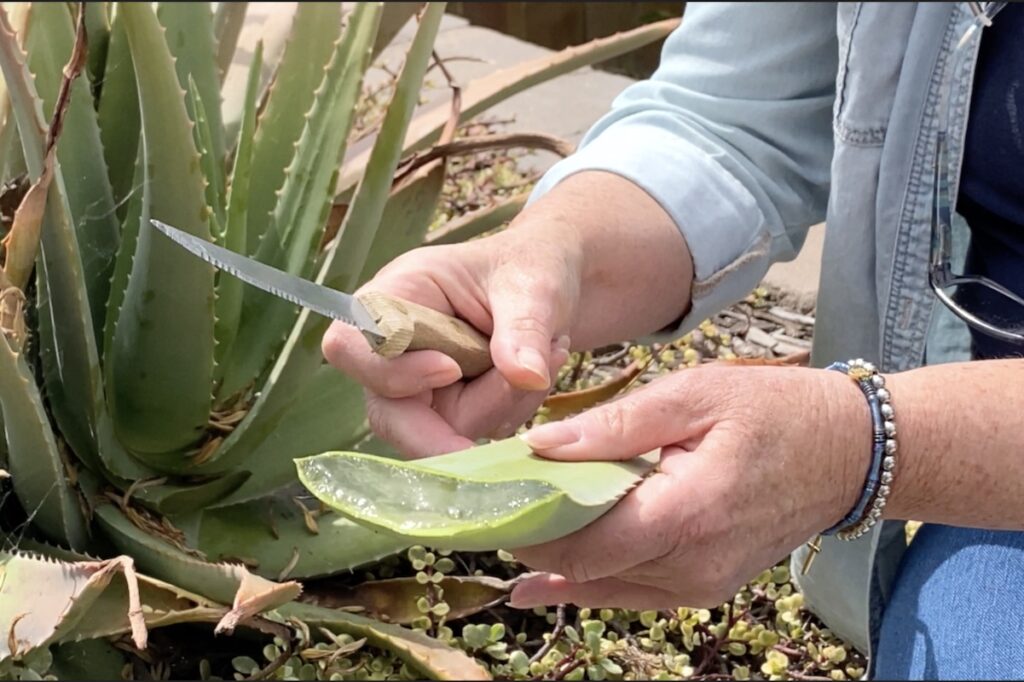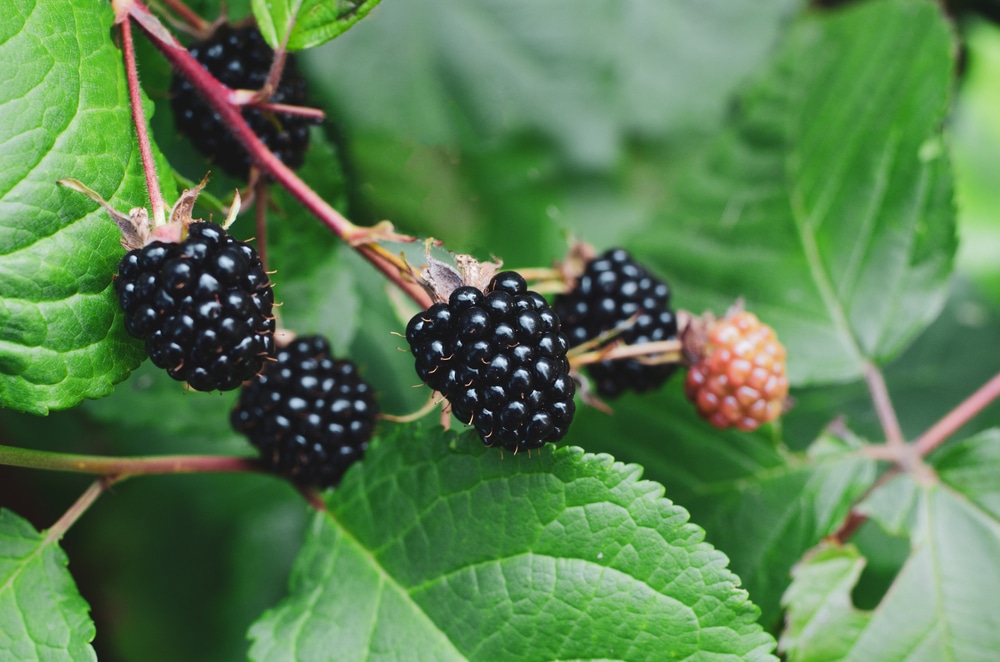Planting an Osage Orange Tree from a seed can be simple and fun! If you follow these steps closely, you’ll have a beautiful tree growing before you know it.
Don’t worry if you’ve never planted a tree from seed before. This article will guide you through every step in an easy-to-understand way. By the end of this, you’ll know how to make the seeds sprout, plant them in pots, and eventually move them outside. And when you see those amazing fruits hanging from the branches, all your effort will be worth it!
Table of Contents
- Steps to Grow an Osage Orange Tree from Seed
- Step 1 – Get seeds from ripe Osage orange fruits
- Step 2 – Make sure your seeds are clean and dry
- Step 3 – Soak the seeds for a day
- Step 4 – Plant the seeds in trays or pots with good soil
- Step 5 – Cover the seeds lightly
- Step 6 – Keep them warm and moist like a mini greenhouse
- Step 7 – Keep the soil damp, but not too wet
- Step 8 – Find the seeds a snug spot with warmth and indirect light
- Step 9 – Sit tight for sprouting
- Step 10 – Move the seedlings into their own pots, then outdoors once it’s warm
- Extra Tips for Growing Osage Orange Trees
- Common Questions
- Can you grow Osage orange from the fruit?
- How do you propagate an Osage orange tree?
- How many seeds are in a Osage orange?
- How do you tell the difference between a male and female Osage orange?
- How long does it take an Osage orange tree to bear fruit?
- How fast does an Osage orange tree grow?
- Can you eat Osage orange apples?
- What is the lifespan of an Osage orange tree?
- What kills Osage orange trees?
- Are Osage oranges poisonous to humans?
Steps to Grow an Osage Orange Tree from Seed
Step 1 – Get seeds from ripe Osage orange fruits
To start, you need seeds from ripe Osage orange fruits. These fruits, also known as “hedge apples,” grow on trees in the wild or in gardens and are ready in the fall. Look for ones that are yellow-green. It’s best to use seeds from fruits that have fallen off the tree because they usually sprout better.
After you pick up the fruits, clean them to get rid of any left over bits. If you leave these bits on, it might stop the seeds from sprouting well.
Remember, Osage Orange trees are either male or female, and only the female trees will give you the hedge apples with seeds inside. If you’re careful with how you grow these trees, you can do it successfully from these seeds.
Step 2 – Make sure your seeds are clean and dry
Before you plant the seeds, they need to be very clean. You can wipe them with a wet towel or simply rinse them in water. Once they’re clean, dry the seeds completely by spreading them on a paper towel or newspaper for a few days.
Step 3 – Soak the seeds for a day
This next step is soaking the seeds in water for a whole day. This is an extra step that can help the seeds sprout by softening the seed’s hard outside layer.
After their soak, be sure to drain them well and then dry them off again. This keeps them from rotting when you plant them.
Step 4 – Plant the seeds in trays or pots with good soil
Now that your seeds are prepared, put them in trays or pots filled with special seeding soil. Make a little dip in the soil for each seed, place one seed in each, and cover them slightly with more soil or vermiculite.
Step 5 – Cover the seeds lightly
After planting, you’ll want to add a light cover of soil or vermiculite over the seeds. This cover helps keep the environment just right for the seeds to begin growing.
Step 6 – Keep them warm and moist like a mini greenhouse
To make sure the seeds have a warm and humid spot, like a tiny greenhouse, you can put the trays or pots into something called a propagator. If you don’t have one, covering them with a plastic bag does the trick too.
Step 7 – Keep the soil damp, but not too wet
You want the soil to stay damp but not soaked through. Too much water can cause your seeds to develop mold or rot. Give them water whenever the soil begins to feel a bit dry, but don’t overdo it!
Step 8 – Find the seeds a snug spot with warmth and indirect light
Seeds sprout the best when they’re in a warm place with plenty of light, but they shouldn’t be in direct sunlight. That could dry out the soil and harm your little plants. A cozy room or a spot by the window (but out of the sun’s beams) is perfect.
Step 9 – Sit tight for sprouting
Watching for the seeds to sprout can take two to four weeks. Keep an eye on them during this time and soon you’ll see the first little sprouts coming out of the soil.
Step 10 – Move the seedlings into their own pots, then outdoors once it’s warm
When your seedlings get big enough to hold, it’s time to move them to their own pots. Take care of them there until after the last frost, then you can plant them outside. Remember, these young plants are very sensitive to cold, so protect them from frost.
Extra Tips for Growing Osage Orange Trees
- Osage Orange trees like soil that drains well and has a neutral pH. They’re not too picky about soil and can deal with not-so-great soil, too.
- If it doesn’t rain much, give your trees water. They’ll grow better and make more fruit that way.
- They are tough trees that can survive from zone 5 to 9 and love sunlight or a little shade.
- These trees can get to 30 feet tall, so make sure there’s enough room for them to grow. Sometimes you might need to cut them back to keep them from getting too big.
- Osage orange trees don’t need lots of food, but a general-purpose fertilizer every now and then can be good for them.
- They don’t usually have issues with bugs or diseases. However, the flowers can smell very strong, so it’s a good idea to put them a bit away from where you hang out.
- Since only female Osage orange trees have fruit, if you want those hedge apples and seeds, make sure you have at least one female tree.
Common Questions
Can you grow Osage orange from the fruit?
Absolutely! You can take the seeds from an Osage orange fruit and plant them to grow your own Osage orange trees. Make sure to clean and dry the seeds before planting them.
How do you propagate an Osage orange tree?
There are a few different ways to propagate Osage orange trees. You can plant the seeds from the fruit. Another method is to take cuttings from the tree, using either softwood, which is the new spring growth, or hardwood, which is taken from the older, more established branches.
How many seeds are in a Osage orange?
An Osage orange can contain a varying number of seeds, typically ranging between 20 and 50. To find out how many seeds your particular fruit has, you’d have to cut it open and count them.
How do you tell the difference between a male and female Osage orange?
Determining the gender of an Osage orange tree is quite straightforward. Male trees are recognized by their small, greenish flowers, whereas female trees are known for producing the large, distinctive fruits that are characteristic of the species.
How long does it take an Osage orange tree to bear fruit?
If you’re patient enough, after about 7 to 10 years, an Osage orange tree that you’ve planted should start to bear fruit. This timespan allows the tree to mature and be ready for fruit production.
How fast does an Osage orange tree grow?
Osage orange trees are quite eager growers! They grow quickly, and in the right conditions, they can shoot up to heights of around 30 feet. Their growth rate is considered faster than many other tree species.
Can you eat Osage orange apples?
No, you shouldn’t eat Osage orange apples. These ‘apples’, or more correctly, the fruits of the Osage orange tree, are tough and not suitable for eating. They’re not toxic, but they won’t taste good and are very hard to digest.
What is the lifespan of an Osage orange tree?
An Osage orange tree can live for a very long time, often well over 100 years. With good care and favorable conditions, these trees can be a long-lasting addition to your landscape.
What kills Osage orange trees?
While Osage orange trees are typically robust and can fend off most pests and diseases, they do have their Achilles’ heel. Severe cold spells (frost) and situations where their roots are in water for too long (prolonged flooding) can be fatal to these otherwise hardy trees.
Are Osage oranges poisonous to humans?
Luckily, Osage oranges aren’t poisonous to people. However, their fruit and leaves emit a strong and oftentimes unpleasant smell that some might find off-putting. It’s always good to be cautious and avoid consuming parts of the plant as they’re not intended for human consumption.
